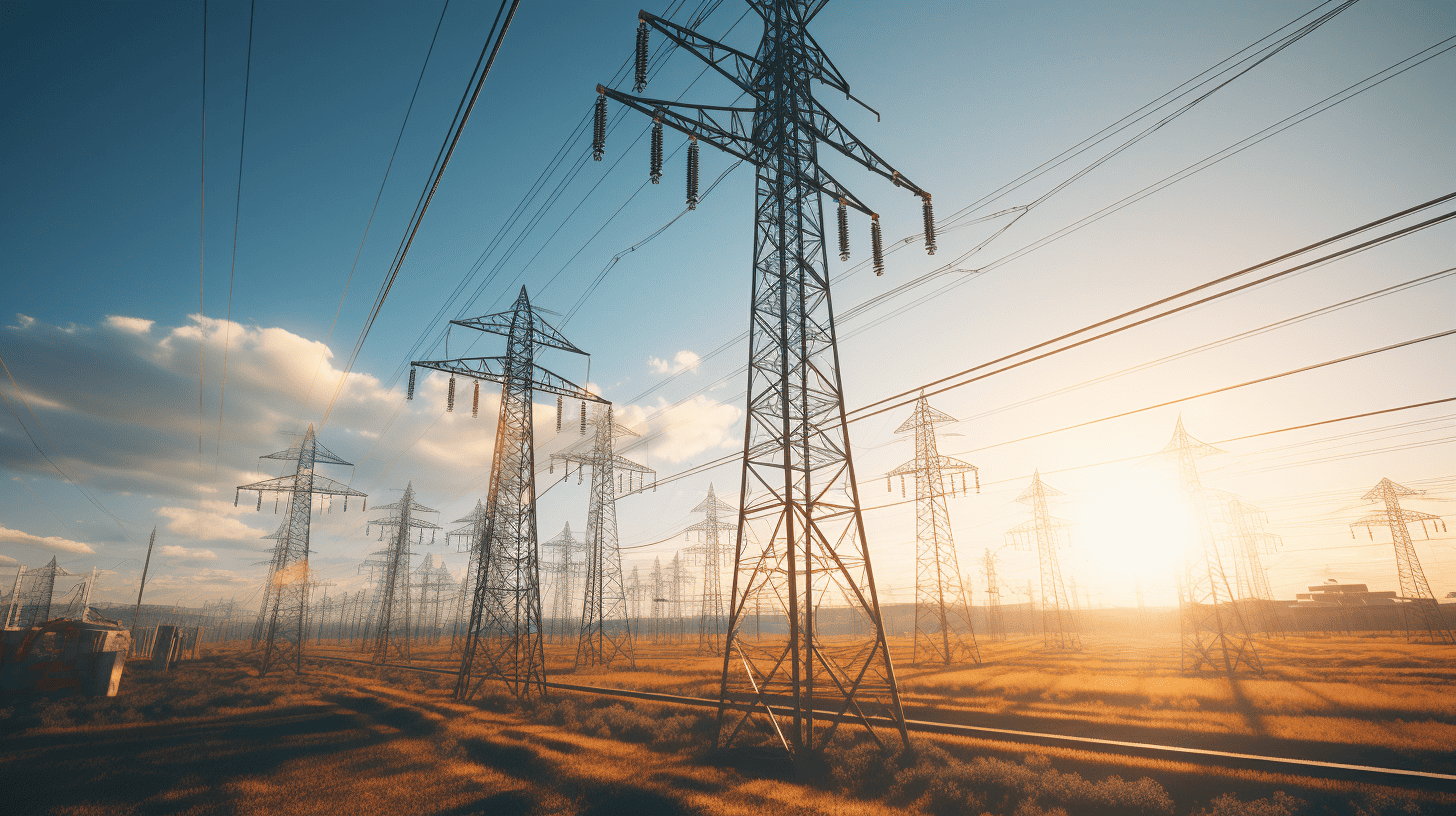
The UK’s National Grid is reintroducing its Demand Flexibility Service (DFS), incentivising millions of households and businesses to reduce energy consumption during winter peak hours. The scheme, running from November 2023 to March 2024, could allow participants to save up to £100 on energy bills. This follows a similar strategy implemented in Arizona over the summer, where residents were offered incentives, including cash and discounted smart thermostats, to participate in demand response programs to support the electrical grid during high-temperature periods.
- The UK’s National Grid is reintroducing its Demand Flexibility Service (DFS) this winter.
- A similar demand response program in Arizona over the summer offered residents incentives like cash and discounted smart thermostats
- These initiatives demonstrate the growing importance of managing energy demand, especially amid the transition to renewable sources, to maintain grid stability.
Understanding Demand Flexibility Services
DFS or Demand Flexibility Service is a scheme designed to mitigate the strain on the national grid during periods of peak demand. The National Grid, in the winter of 2023/2024, will implement this scheme across England, Scotland, and Wales, reaching approximately 14 million homes equipped with smart meters. To encourage participation, the initiative offers financial compensation to households that reduce their energy consumption during a series of 12 planned tests spread across the winter months. Each test is expected to last one hour, and for each kilowatt-hour saved, energy suppliers will receive £3 from the grid. The suppliers then decide how much of the savings to pass on to customers. In the previous year, this very scheme was implemented 22 times, saving over 3,300 megawatts of electricity.
While the scheme does not penalise households that do not reduce usage despite signing up, those that participate and reduce their energy usage stand to benefit significantly. Participants can save up to £100 off their energy bills if they partake in all the 12 demonstration tests. Reducing the usage of appliances that use electricity to generate heat, such as electric heaters, kettles, microwaves, and ovens, can maximise savings.
Arizona’s demand response programs
Arizona, a state dealing with record high temperatures, has implemented a similar strategy to deal with the strain on their electrical grid source. Over 100,000 residents are already participating in demand response programs and receiving incentives from utility providers. Some of these incentives include free smart thermostats.
Participants in the demand response programs can automatically reduce or shift their electricity usage during periods of peak demand in exchange for financial incentives. For example, enrolled smart thermostats may pre-cool homes before anticipated high electricity use events, typically lasting 2-3 hours. During these events, customers help reduce demand by adjusting their thermostats a few degrees higher. This initiative aims to enhance grid reliability while improving customer comfort and safety.
Raising awareness of network overload
The increasing electrification in society has led to a higher peak load on the electricity grid, causing congestion. To tackle this issue, the Dutch Topsector Energie program commissioned a report that collected over 100 potential solutions. One of the twelve most promising solutions is Congestion Communication.

Congestion Communication aims to raise awareness about network congestion and promote behavioural changes in energy consumption. It suggests several means to achieve this. One approach is the use of Flex Alerts, which urge users to temporarily reduce their electricity consumption during peak periods. This method has been successfully implemented in countries like the USA during heat waves. Gamification is another tool that can be used to create awareness and educate individuals about the electricity network.

